As AI model training, HPC supercomputing, and cloud computing demand explosive bandwidth growth, data center networks are evolving from 100G to 400G/800G. The NVIDIA MFP7E Series Fiber Optic Compatible Cables, embodying Mellanox optical technology, have become critical components for next-gen AI infrastructure due to ultra-low loss, high density, and ecosystem compatibility. This article delves into their technical features, applications, and market competitiveness.

I. Product Positioning & Core Technical Advantages

Technical Comparison Table:
| Model | Fiber Type | Max Distance | Typical Power | Key Applications |
| MFP7E10 | OM4 Multimode | 50m | - | Short-distance switch interconnects, all-flash storage |
| MFP7E20 | OM4 Multimode | 50m (split) | 17W (OSFP) | 400G→2×200G splitter links, high-density ports |
| MFP7E30 | OS2 Single-mode | 150m | ≤0.35dB loss | Long-haul backbone, AI accelerator interconnects |
| MFP7E40 | OS2 Single-mode | 50m (split) | 5W/channel | Low-power 200G edge expansion |
II. Innovations & Industry Value
1. APC Polishing Technology
8° angled polishing reduces reflection to -60dB, ensuring stability for AI cross-rack communication.
2.Splitter Design (MFP7E20/40)
1:2 splitting (400G→2×200G), compatible with QSFP112, reduces hardware costs by 30%.
3.Low-Power Architecture
5W per channel in 200G mode, 40% lower than traditional solutions, supporting green data centers.4.LSZH Safety Compliance
Meets Telcordia GR-1435, reducing toxic smoke by 90%, ideal for finance/healthcare sectors.
III. Compatibility & Ecosystem Integration

· Transceiver Compatibility:
Supports NVIDIA MMA4Z00-NS (OSFP DR8), MMA1Z00-NS400 (QSFP112), etc.
· Device Ecosystem:
Optimized for ConnectX-7 NICs, BlueField-3 DPUs, and Quantum-2/Spectrum-4 switches.
· Third-Party Interoperability:
Mellanox-certified for Cisco Nexus, Dell PowerSwitch, etc., minimizing migration costs.
IV. Applications & Deployment Guidelines
1.Hyperscale Data Center Backbone:
MFP7E30 enables 150m Spine-Leaf architecture with ROCEv2, boosting bandwidth efficiency by 25%.
2.AI Training GPU Interconnects:
MFP7E40 delivers 200G GPU-to-GPU NVLink with 40% lower power, accelerating model training.
3.Edge Multi-Tenancy:
MFP7E20 splits 400G into 4×100G, ideal for edge data centers.
V. Market Competitiveness & Value
· Power Efficiency:
5W per 200G channel (30% lower TCO).
· Distance:
150m coverage for 90% of data centers.
· Ecosystem Synergy:
Seamless integration with NVIDIA DPUs/GPUs, simplifying AI infrastructure.
VI. Maintenance & Reliability
· Installation:
Requires IBC MPO cleaners; ensure dust caps remain intact.
· Testing:
FLUKE DSP-4300 certified (insertion loss ≤0.35dB, return loss ≥60dB).
· Durability:
≥500 cycles, 240N pull strength, ideal for high-maintenance environments.
NVIDIA MFP7E Series – The Backbone of AI Networks
The NVIDIA MFP7E Series delivers high bandwidth, low latency, and energy efficiency for HPC, AI, and data centers. Its splitter technology and APC polishing ensure signal integrity while enhancing deployment flexibility, cementing its role as a cornerstone of modern AI infrastructure.
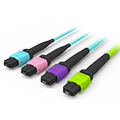
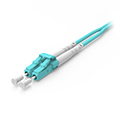
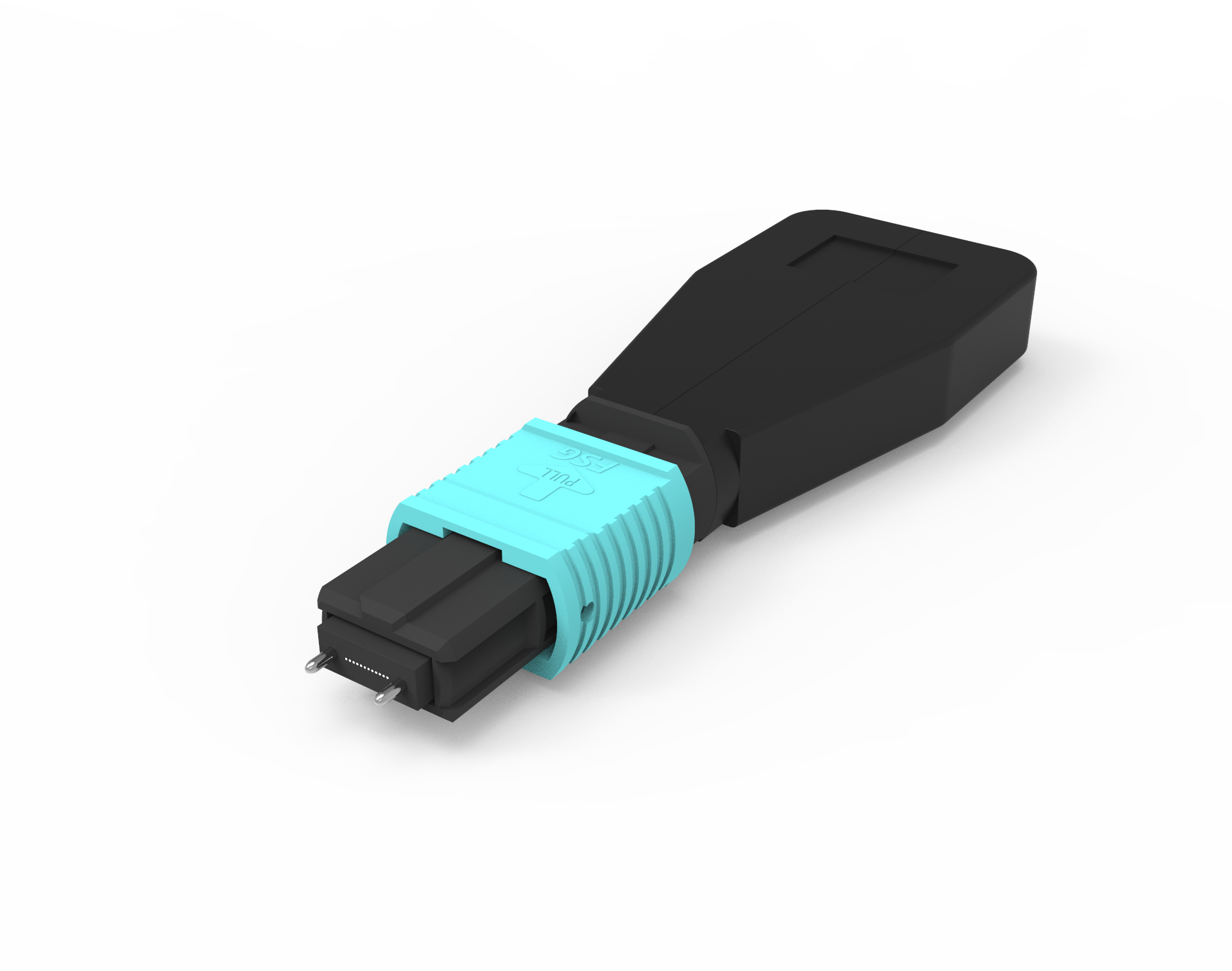
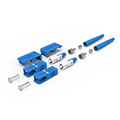
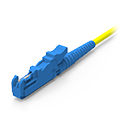
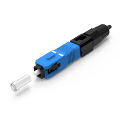
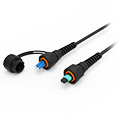
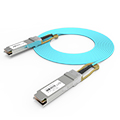
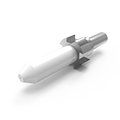
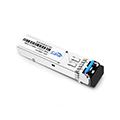
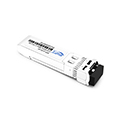
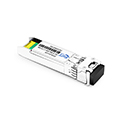
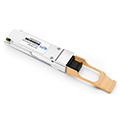
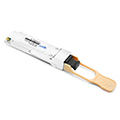

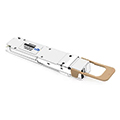
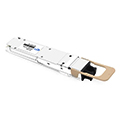
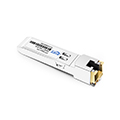
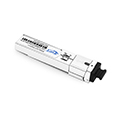
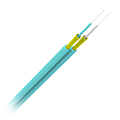
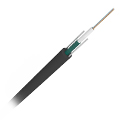
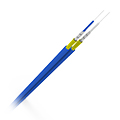
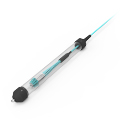
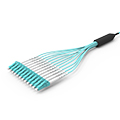

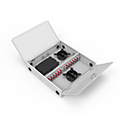
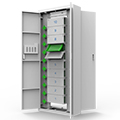
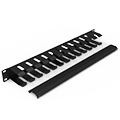
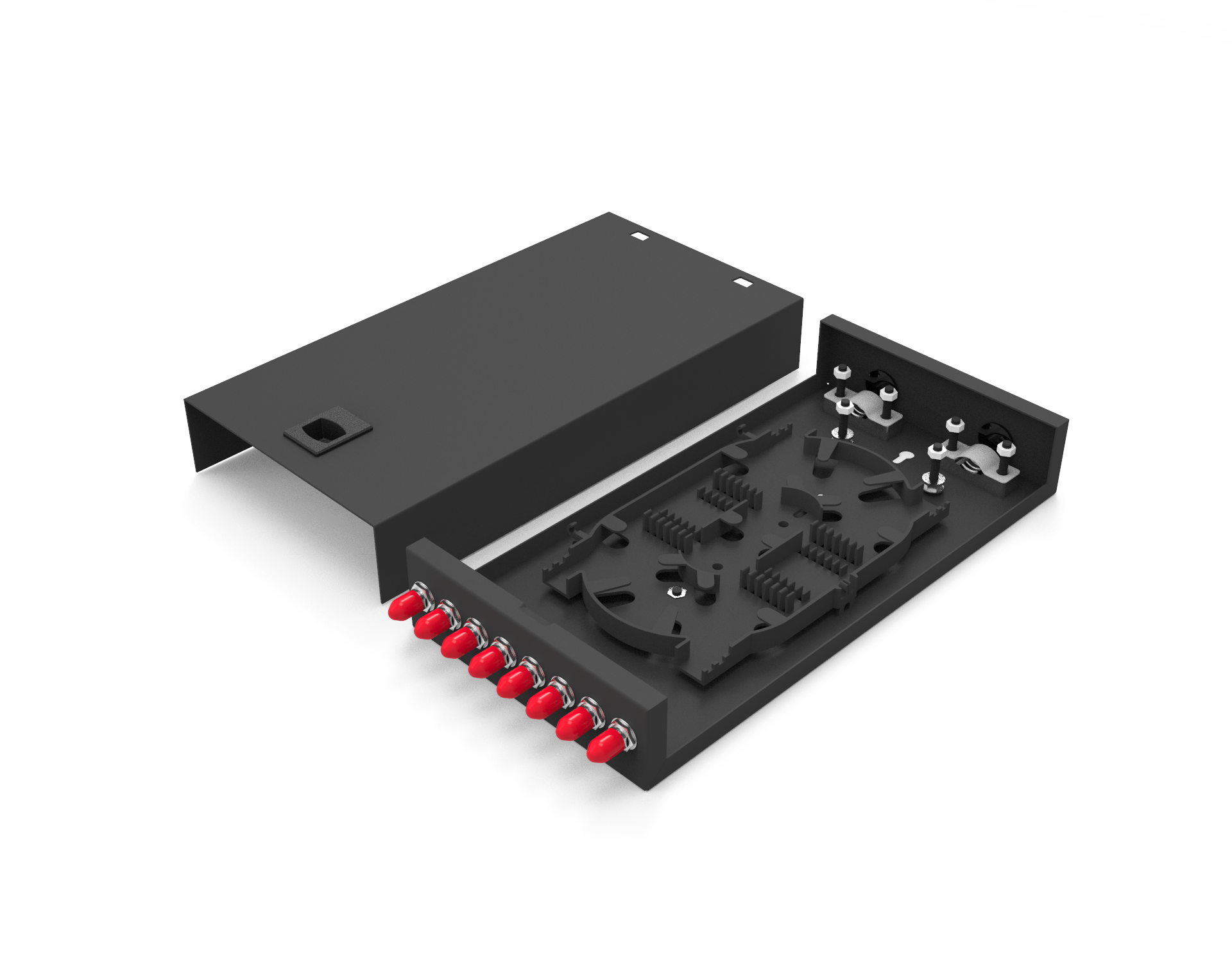
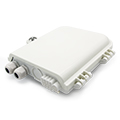
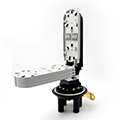
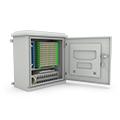
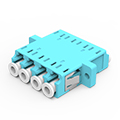
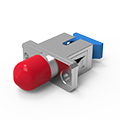
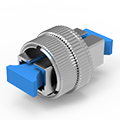
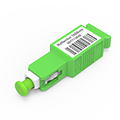
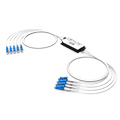
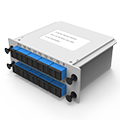
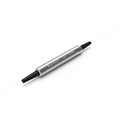
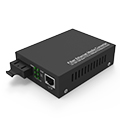
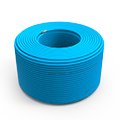
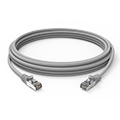
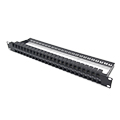
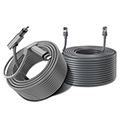
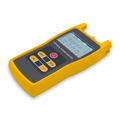
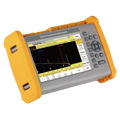
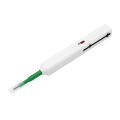
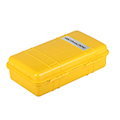
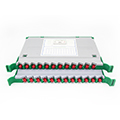
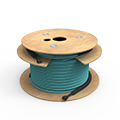



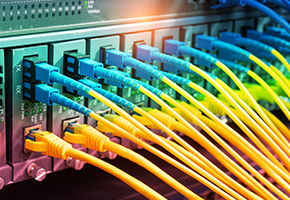

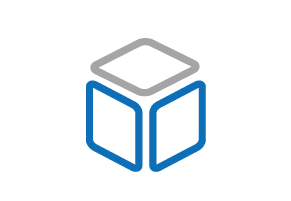
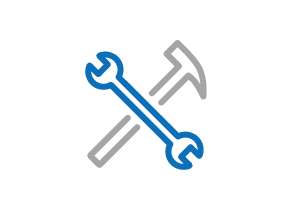

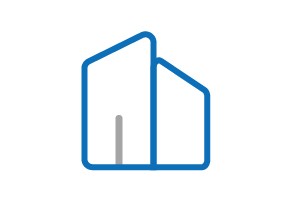









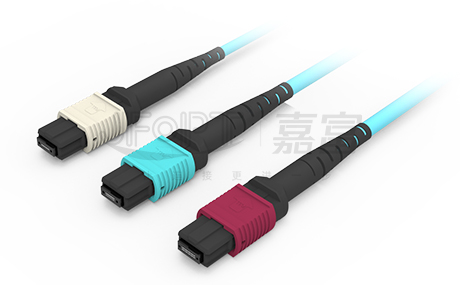
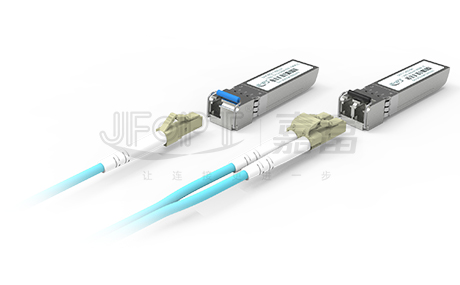
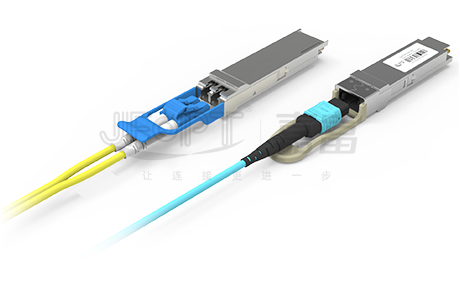
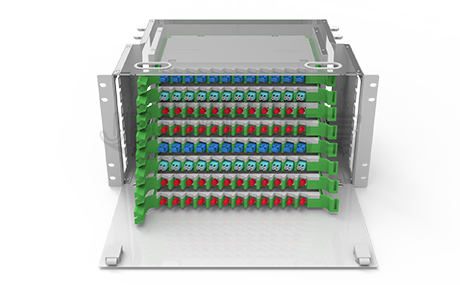
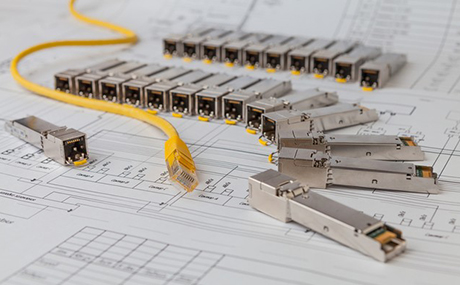

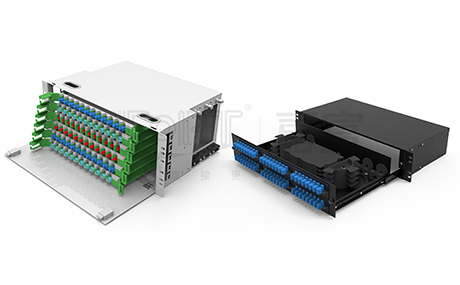
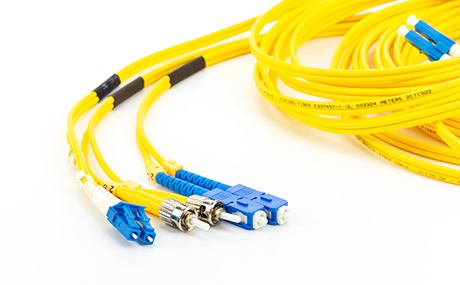
 Ann
Ann












